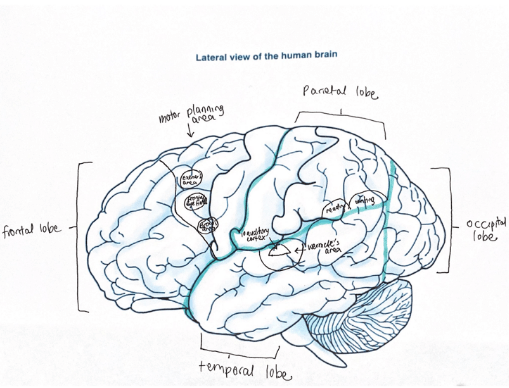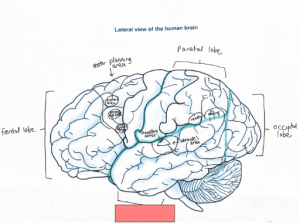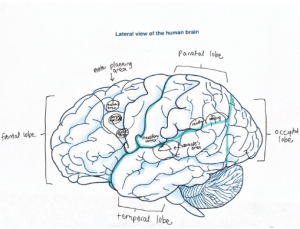One of the best tips I received ahead of starting biomed is that you have to hit the ground running. From the get-go, the lectures are content heavy and the first tests are looming so it is useful to have some ideas on how to study effectively from the beginning. After looking at the detail included in lectures (especially the first topic of BIOSCI107), I knew that the study techniques I used for NCEA (predominantly past papers) weren’t quite going to cut it. Because of this, I started doing some research into effective study techniques and over semester 1 managed to develop a technique that worked pretty well for me, with some trial and error along the way. I’ll explain what I did below, but I think it is important to keep in mind that everyone learns differently so what worked for me might be completely different from what worked for other people. I also varied this method with changes in teaching styles and content throughout each course.
Pre-lecture
I would familiarise myself with the content and underline any unfamiliar words. Sometimes I would start making my notes before the lecture, based on the course guide, but this was dependent on how busy I was with labs/test study etc. I found robust preparation for lectures especially valuable when lectures were in person and at the start of the semester when there wasn’t too much else to do and I was still getting used to the content-heavy nature of lectures.
During the lecture
I would try and keep up with note-taking. Inevitably I would find some sections of the lecture a bit too fast so I would write down the time that I needed to revisit (e.g. 9:36 am) and go back to it once the recording was posted (usually that evening, but the recording doesn’t have to be posted for 48 hours after the afternoon lecture I believe so it’s not guaranteed it will be up that quickly). I know some people rewatched the whole lecture, however, I found it more time effective to just revisit certain sections, as long as I was paying close attention the first time.
After the lecture
I made my notes loosely based on the Cornell note-taking method – for each concept/ piece of information, I would write a question or statement that prompted me to recall it. I made these into giant tables (on Microsoft OneNote) then exported these to Anki as flashcards. I also tested myself using active recall the next day by copying and pasting the table and deleting the correct answers, answering my prompts from memory and using my original notes as an answer scheme. The prompts I got wrong I would redo the next day, and again days after until I got them all right. I would often repeat this process again near the test/exam to check I still had a good grasp of the lecture context.
I used Anki (flashcard software) daily for spaced repetition and found it especially useful for BIOSCI107 and MEDSCI142 to keep on top of the content. When you do flashcards on Anki, you report how easily you recalled the information and this determines how quickly you will review that card again (ranging from <1 min to months-years). It is free to download and you can also download add ons that make the interface more exciting such as ‘Puppy Reinforcement’ which shows you cute pictures to motivate you to keep going with learning new cards or doing reviews. Especially useful for MEDSCI142 is the Image Occlusion added on that allows you to add diagrams and test yourself on the labels, as shown below.
A word of warning though – if you are adding a lot of cards to Anki or have even a couple of days off, the review load can quickly become hard to manage. In hindsight, I would be more selective with what cards I add to make my reviews less time-consuming and daunting.
I also used resources provided by the course such as past papers, worksheets and post-lecture activities to supplement my learning. The type of resources provided vary from course to course, but some I found especially useful were peerwise (BIOSCI107), past questions organised by topic (CHEM110) and kuracloud (MEDSCI142). As a kinesthetic learner, I also found the website Human Bio Digital very useful for looking at 3D views of anatomy for MEDSCI142. You can make a free account which allows you to access basic models of each body system.
Another great resource is piazza, a forum where you can ask and answer questions regarding course material and logistics. I found it really helpful both for asking questions to clarify my understanding and answering other students’ questions which demonstrated whether I had a good grip of the course material.
I hope this was helpful, best of luck to those starting health sci or biomed next year! Enjoy your summer break and the interesting courses to come 🙂


